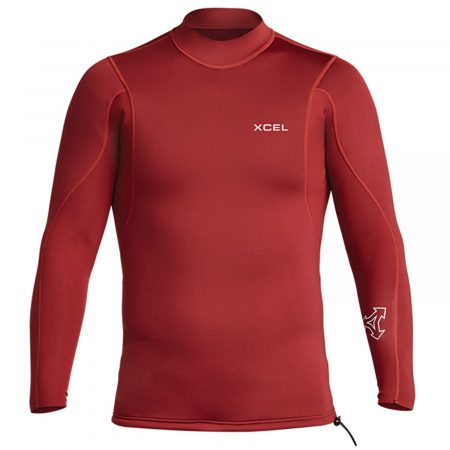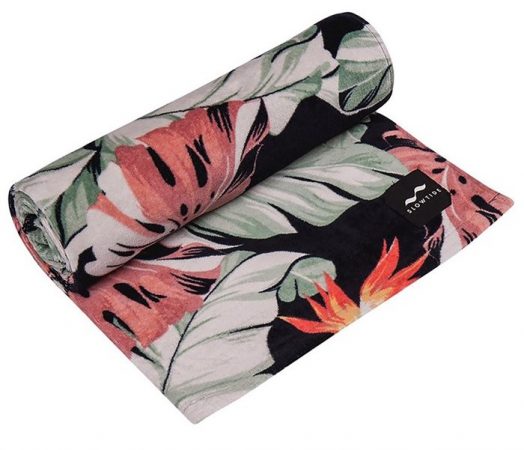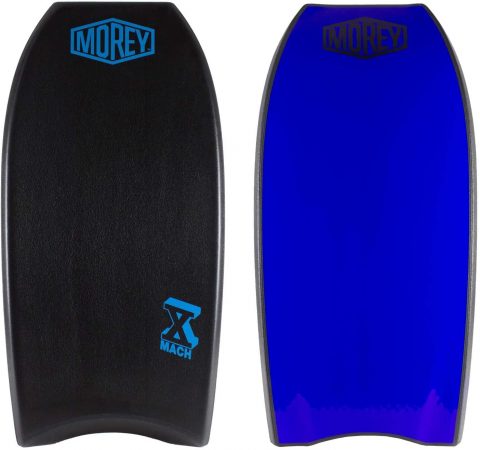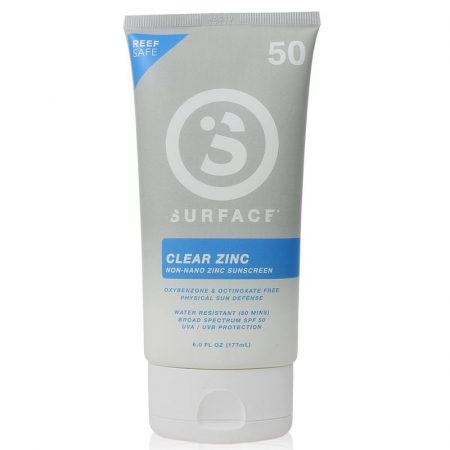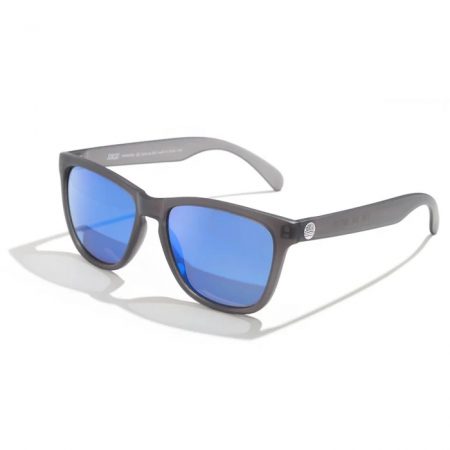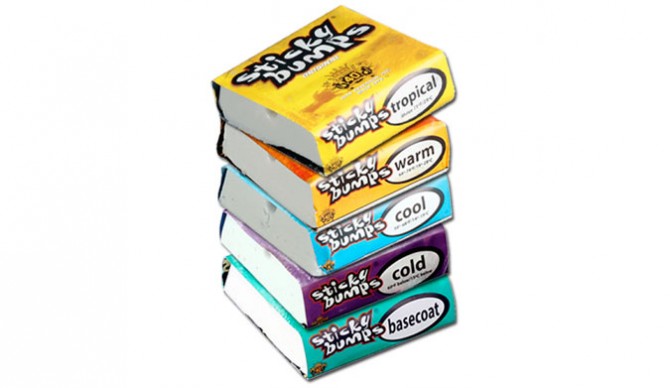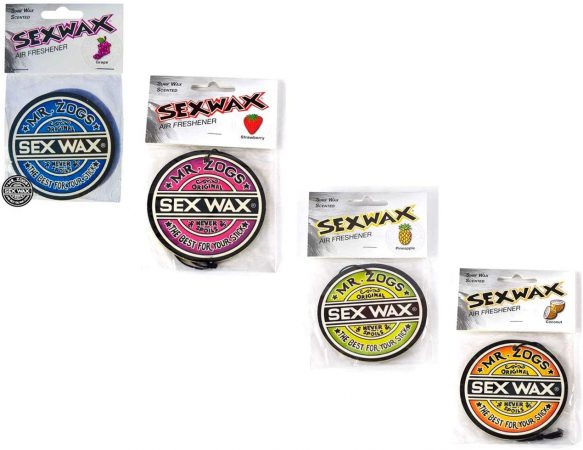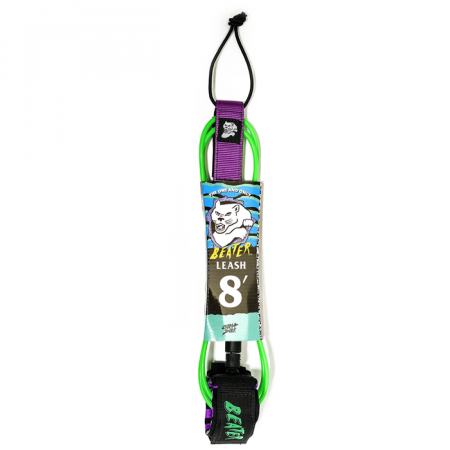
Venice Beach in California is a classic beginner’s surf spot. Photo: Victoria Palacios
All it takes is one wave to get hooked on surfing. Whatever it was that drew you into the pursuit, you’re soon going to find out what you really signed up for. Surfing can be hard. I’m talking really hard. And the worst part is that you’re going to love every second of it even while getting worked in the water.
Learning to surf is something that we all had to do. Even the pros were terrible at one point, even though that’s hard to believe. But, just because learning to surf is challenging doesn’t mean it has to be completely miserable. Yes, you might get some water stuck in your sinuses or feel like you’re freezing on cold days. But, with the right gear and mindset, you can limit those experiences and breeze past the flailing in the water part and be on your way to true wave riding.
To help out, we’ve compiled a list of some of the essential gear that can make the experience of learning to surf worlds better, and help you ease into the flow. A large part of it is confidence and, believe it or not, the more you feel like a surfer, the better you’ll be at surfing.
Editor’s Note: Surfing is a popular sport. Don’t add to the friction or frustration of others. Learn to surf at beginner spots, know the lineup, don’t be greedy, and stay humble. And read this crash course to know the rules. Be part of the solution and have fun.
TLDR: What Gear do I Need to Start Surfing?
1. A Soft-Top Surfboard
2. A Wetsuit or Rashguard
3. A Surf Poncho -or-
4. A Big, Soft Towel
5. A Bodyboard/Boogieboard (really)
6. Plenty of High-Quality Sunscreen
7. Polarized Sunglasses
8. Some Wax
9. A Car Air Freshener
10. A Leash
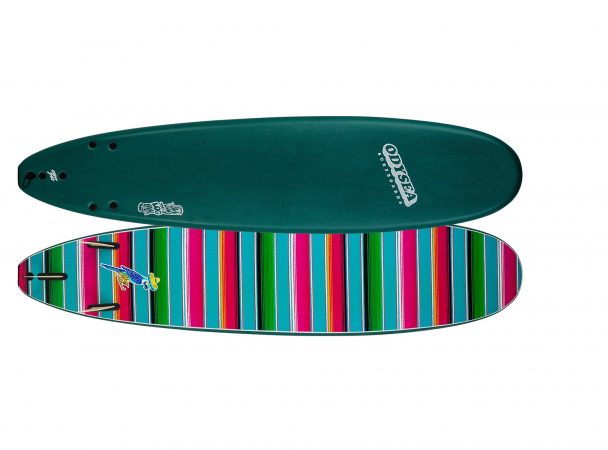
Catch Surf’s foam boards are hands down some of the best beginner boards and come in a variety of fun colors and patterns. Photo: Catch Surf
1. A Soft-Top Surfboard
When it comes to your first board, you have three options. You could go out and buy a brand new fiberglass board, maybe even a custom. This would be like letting a teen drive a Ferrari. You’re never going to use this kind of board to its full potential, it will feel wildly excessive, and chances are you’ll ding the heck out of it. The second option is to get a used board for cheap. This can be a solid option depending on the market around you. If you choose to go this route, make sure that you get something over eight feet that is wide as anything smaller will be difficult to learn on.
Ideally though, you should get your hands on a soft-top surfboard. The soft-top is the ideal beginner surfboard since it is buoyant, stable, and forgiving. You won’t have to worry about dings after falling on it, dropping it, or nose diving it into the sand. Plus, as you get better, soft tops become even more fun. You’ll still want to get something that’s pretty long like an eight-foot Catch Surf Log. Seven feet is also a good length, especially for kids and those on the smaller side as eight feet can be a lot of board to handle, but that extra length also comes with more stability and glide, both very important aspects to catching waves.
For more great soft top surfboard options, check out our guide to the best beginner surfboards and the best soft-top surfboards here.
CHECK PRICE ON EVO
Photo: Amee Longpré
2. A Wetsuit or Rashguard
Surfing really exposes your body to the elements, which can lead to plenty of physical discomfort if you don’t prepare accordingly. As you develop your skills, where you surf will determine a lot about the gear you end up acquiring, nothing more so than what you wear.
If you’re in a cold/cool water location, you’ll want to invest in a good wetsuit. Check out our guide to the best winter wetsuits for men and the best winter wetsuits for women (which could also be a summer wetsuit if you live close enough to the poles). If the water is really cold, I’d also recommend investing in a pair of booties. Not only will it make the surfing experience overall more pleasant, but you’ll find yourself making it to your feet a lot more often when those feet aren’t unfeeling bricks of ice.
Even if you’re surfing in a tropical paradise, no one’s belly is really ready for the irritation that comes from a sandy surfboard. The only thing worse than trying to enjoy your time in the water when it feels like your front has been cheese-grated, is having said rash on your chest and a peeling sunburn on your back.
Fortunately there’s a simple solution that will cover you on both sides. Though a simple rash guard works, a wetsuit top is ideal. Not only will it protect your chest from wax-rash and your back from the blazing sun, but it also keeps you a bit warmer (and sticks to the board better). Warm means that you get to surf for longer, which means more waves and faster improvement. A thin wetsuit jacket like the Xcel 2/1 jacket can be a huge comfort when it comes to upping anyone’s wave count. For the ladies reading this, check out our definitive guide to the best women’s springsuits.
For really warm water, where even a wetsuit top is too much, a surf shirt like the ones Vissla makes are a great option for sun and rash protection. Just because you’re learning to surf doesn’t mean that you have to wear a poor fitting, turtleneck rash guard that makes you look like a kid.
CHECK PRICE ON EVO3. A Surf Poncho
There are few pieces of surf equipment as essential as the surf poncho. Not only does it eliminate the awkward parking lot dance of changing into a wetsuit or bathing suit with one hand while the other desperately tries to keep your towel above the hips, but it also will keep you toasty warm before and after chilly surf sessions, and there’s nothing more comfortable to drive home in no matter the weather. Slowtide makes some of the most comfortable ponchos out there. Nomadix uses recycled plastic to make the absorbent and sand-resistant fabric in their surf poncho (which also doubles as a beach towel).
CHECK PRICE ON AMAZON4. A Big, Soft Towel
If you’re not into the surf poncho that’s ok, but then be sure to choose your towel wisely. I used to think that a towel was a towel, but I was wrong. There’s a difference between a bath towel and a solid beach towel. There’s nothing better than a big warm towel to dry off with after a long session, and you’ll also want something that’s big enough to lay on the sand with and cover up while you change. There’s tons of different sizes for towels, but the 30”x 60” is ideal for all things beach. If you’re unsure of what to get, Slowtide makes some of the best in the business.
CHECK PRICE ON REICHECK PRICE ON EVOCHECK PRICE ON AMAZON
5. A Bodyboard/Boogieboard
I know, I know. you came here to surf, not boog. Well, in my experience the biggest hurdle any beginning surfer has is getting a feel for waves. If you grab a big enough board, any chump can stand up, but learning to nail that popup as the wave is breaking just takes time and a high wave count, which can be tough to achieve if the waves are closing out or breaking close to shore. But with a bodyboard, you can speed the learning process up, helping you get comfortable with the rhythm of the ocean without toting a massive longboard around. Plus, as you get better at ocean-sports in general there is plenty of room to progress on a bodyboard, from flat spins, to airs and even barrels (unsurprisingly, it’s much easier to get barreled lying down than standing up). The Onda from South Bay Board Co. is a great choice, and if you’re looking for something more advanced, you can’t go wrong with a Morey Boogie.
To push your performance in bodyboarding, consider investing in some fins too – check out our guide to the best bodysurfing fins.
CHECK PRICE ON AMAZON6. Plenty of High-Quality Sunscreen
Everyone wants to be tan, but no one wants to look like an old leather couch. If you’re just getting into surfing, it’ll feel like no matter how long you’re out, you’ll wish you had been out longer. All that time in the water equals time in the sun. Sun protection is a must and it starts with sunscreen.
A lot of sunscreens are junk and can harm the ocean you’re trying to enjoy. That being said, there are plenty of options out there. Just make sure that you get sunscreen that’s at least 30spf. I like at least 50 myself, and the best stuff, like the Surface Clear Zinc, usually contains zinc. The zinc will help the sunscreen stick to you while you’re splashing around paddling for any wave you see. If you want to make sure that you’re doing your part to help the ocean use sunscreen that’s reef-safe too. Here, we tested the best reef-safe sunscreens on the market. And here’s more information on how to choose the best sunscreen.
CHECK PRICE ON AMAZON7. Polarized Sunglasses
Before paddling out, it’s important to take a look at the lineup and see what the conditions are like. Watch which direction the surfers are drifting, if they’re drifting at all. Identify hazards like rocks or reefs, and determine where waves are breaking. Doing so will help you get a sense of where you should be when you’re first learning and help you avoid putting yourself in dangerous spots in the lineup. Easier said than done though if there’s glare on the water (which there often is). Having a solid pair of polarized lenses makes your pre-surf observation a breeze while saving your eyes from sun damage. Sunskis offer the polarization you want and style to match for a reasonable price.
CHECK PRICE ON AMAZONCHECK PRICE ON EVO
8. Wax
Many beginners seem to struggle with the concept of waxing a surfboard. Either they ignore it completely and slip all over whenever they try to stand up, or they try to wax the bottom like a snowboard (and then slip all over when they try to stand up). Both ways are completely wrong. No matter what kind of board you’re riding, you want to make sure that there is more wax than you would think you need under your feet. Even if you have a soft top board (which I recommended), you can still benefit from waxing up. Some stores carry soft-top specific wax, but any bar of cold water wax will work (you just want it to be soft enough that it will actually stick to the foam deck).
CHECK PRICE ON AMAZON9. A Car Air Freshener
Surfing stinks. It’s the truth. Try leaving your wetsuit in your car overnight (oops). That disgusting smell in the morning is all you. The surf wax air freshener is the easiest way to help. Grape, strawberry, pineapple, coconut and more odor-iphic sensations will get that funk out your ride. Embrace the stench. But know how to get rid of it too (clean your wetsuit once in a while). The wax air freshener works just as well in an office if you’re a weekend warrior, too.
Load up on Coconut, the most popular flavor, or try them all.
Check Price on AMAZON10. A Leash
Regardless of what anyone tells you, you’ll want to use a leash when you’re learning to surf. Not only does it prevent you from chasing after your board, but it keeps those around you safe – even a soft-top can do some serious damage. Make sure the leash you buy is of similar length to the board you intend to use it with. Too long and you’ll be tripping all over it as you try to stand up, too short and it can act like a slingshot, returning your surfboard to you with more than a desirable amount of force. If you’re going with a Catch Surf foamie (above), might as well get the leash to match. They’re well-made, colorful, and cheap as far as surf leashes go. Here’s a list of some of the best surf leashes on the market.
CHECK PRICE ON EVOCHECK PRICE ON AMAZON
That’s it! If you’ve got the above, you should have everything you need to succeed in the water. The only other thing you definitely need is humility. Know the lineup, be humble, wait your turn, and have fun. Check out Kassia Meador’s Definitive Guide to Longboarding 2.0, which covers everything from your first wave to getting ten toes on the nose. Go get salty!

